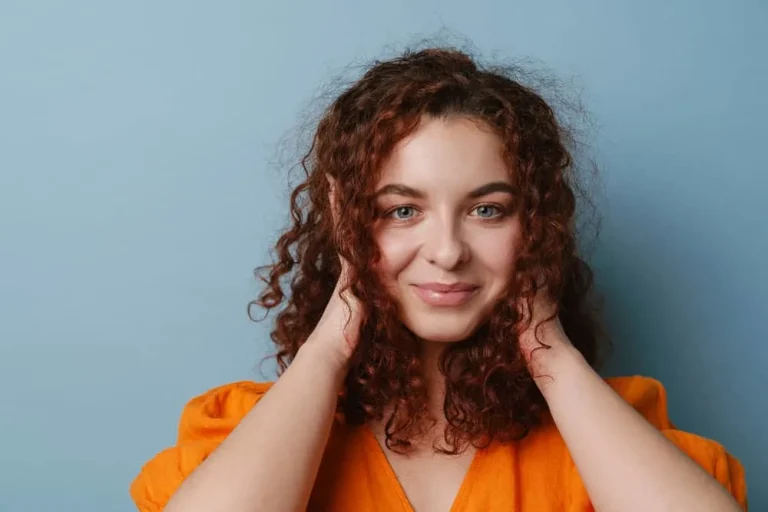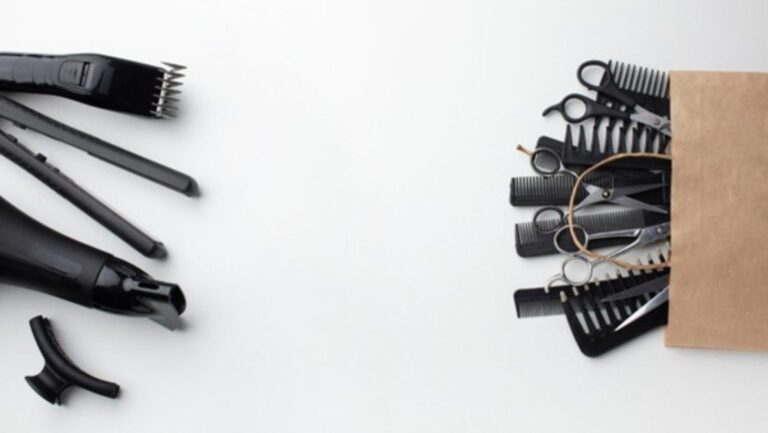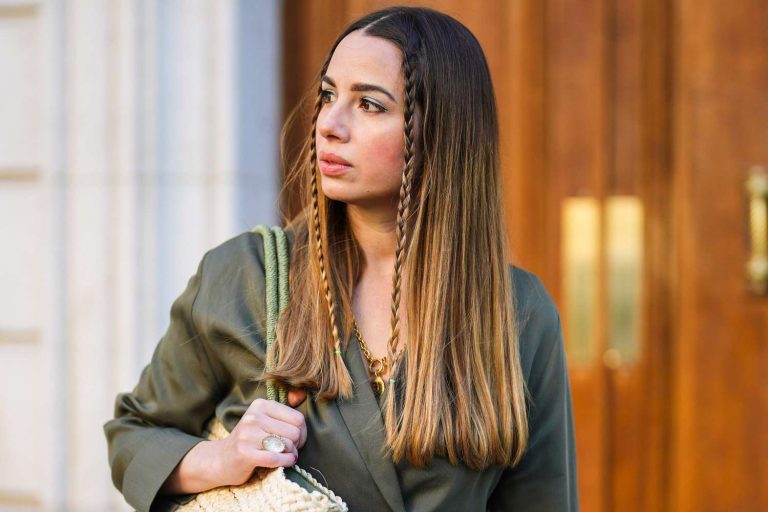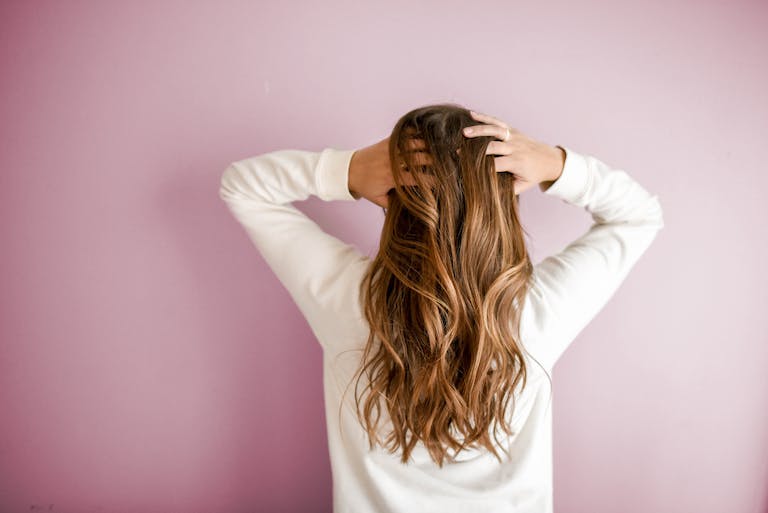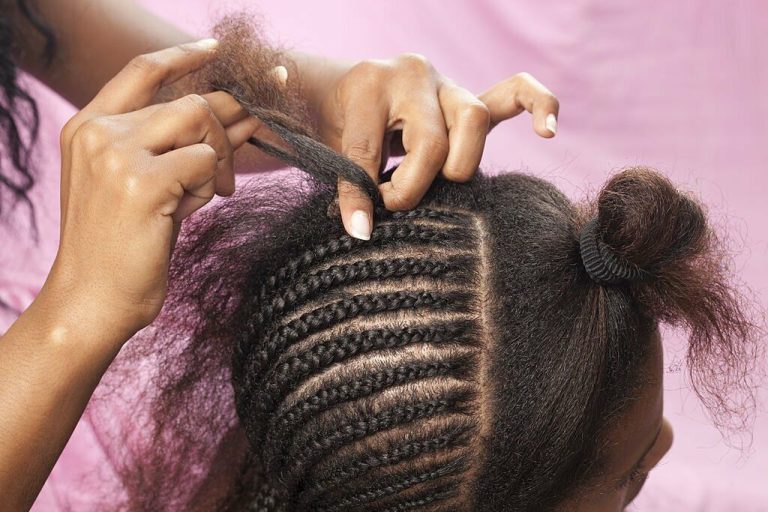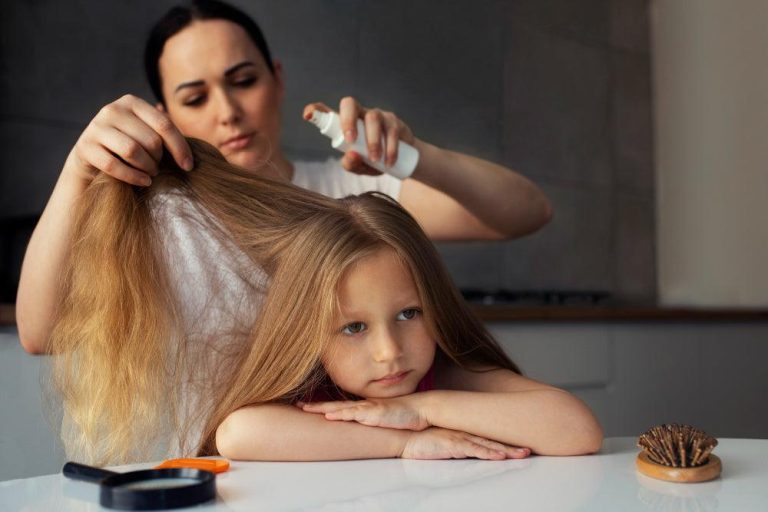How long do relaxers last?
I have always had naturally curly hair. While I love my curls, they can be hard to manage sometimes. Like many people with textured hair, I have considered using a relaxer to loosen my curls and make my hair more straight and manageable. But I had questions, like, How long do relaxers last? What factors affect their duration? And what do I need to do to maintain relaxed hair?
In this article, I will share everything I learned about how long relaxers last. We will cover the different factors that affect the duration, proper maintenance, and timing of relaxer touch-ups. I will also provide some tips for keeping hair healthy after relaxing.
Read on to learn all about making relaxers last!
What is a hair relaxer?
Contents
- What is a hair relaxer?
- What Does Relaxer Do to Hair?
- How Long Does a Relaxer Typically Last?
- How long do relaxers last on colored hair?
- How Long Will a Relaxer Last on 4c Hair?
- Effects of Stopping Relaxing Hair
- Timing for Other Hair Treatments After Relaxing
- Preparing for Hair Relaxation
- Frequency of Hair Relaxer Touch-ups
- Conclusion
- FAQs About Using Hair Relaxers

Hair relaxers, also called straighteners, are lotions or creams applied to naturally curly or coily hair to make it straighter and looser in texture. The active ingredient is usually a strong alkali like lye or no-lye relaxers. Relaxers work by breaking down and restructuring the hair bonds at a molecular level to take out the natural curl pattern.
It’s important to have relaxers applied professionally at a salon. Improper application can lead to hair or scalp damage. There are three main types of hair relaxers:
- Lye relaxers: Uses sodium hydroxide as the active agent. Can provide a very straight result quickly, but requires precision in application.
- No-lye relaxers: Uses calcium hydroxide and guanidine carbonate. May be less irritating than lye but can take longer to straighten hair fully.
- Thio relaxers: Uses thioglycolic acid. It is considered effective for very coarse or resistant hair.
What Does Relaxer Do to Hair?
Relaxers work by breaking the bonds in curly hair fibers and restructuring them to take out the curl pattern. This provides a temporary straightening effect.
The active agent in most relaxers is a strong alkali, such as lye, that penetrates and chemically alters the inner structure of hair. This relaxes the natural curls, allowing for easier straightening and smoothing when blow drying or flat ironing after processing.
While relaxers require chemical treatments, many see them as an alternative to daily heat styling or frequent salon blowouts to straighten hair. Relaxers offer a relatively low-maintenance way to wear straight styles with less daily manipulation.
How Long Does a Relaxer Typically Last?
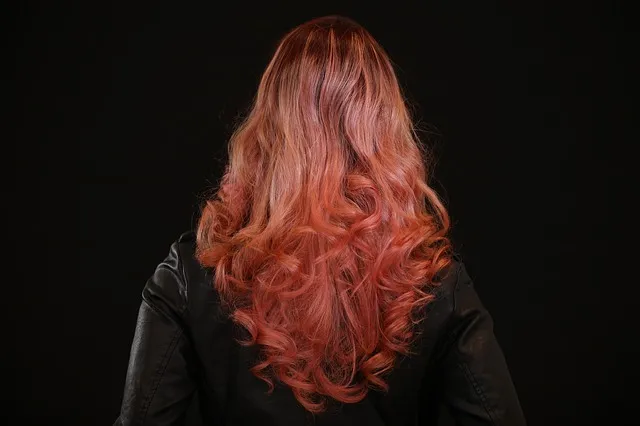
On average, the straightening effects of a relaxer last 6 to 12 weeks. However, the exact duration depends on several factors:
- Hair type: coarser, more textured hair may require relaxer touch-ups more frequently than finer hair. Tighter curl patterns are harder to permanently straighten.
- Application method: professionally applied relaxers tend to last longer than at-home relaxers. Proper application technique maximizes results.
- Maintenance: Following a good haircare routine with conditioning treatments helps maintain relaxer results for longer. Neglecting hair maintenance can shorten the duration.
How long do relaxers last on colored hair?
Relaxers tend to last approximately the same amount of time on color-treated hair as on virgin hair. However, it’s important to properly time relaxing and coloring services.
Coloring right after a relaxer can lead to rapid fading of the color. This is because the cuticle is still opened up during the first few weeks after relaxing.
It’s recommended to wait at least 2–3 weeks between relaxing and coloring for the best results. This allows the cuticle to close completely before depositing color. Conversely, wait 1 week after coloring before relaxing to avoid scalp irritation.
How Long Will a Relaxer Last on 4c Hair?
Type 4c hair is very tightly coiled and has a densely packed, fragile curl pattern. On average, relaxers may last around 6–8 weeks on 4c hair.
The tighter coils tend to bounce back faster than the looser curl types. To help relaxers last longer on 4c hair:
- Opt for a professional salon relaxer over at-home kits
- Stick to a diligent moisturizing and conditioning routine
- Avoid overprocessing and use a mild relaxer formula
- Do more frequent touch-ups every 6–8 weeks
Effects of Stopping Relaxing Hair
When you stop relaxing your hair altogether, the previously relaxed hair will eventually grow out. Your natural curl pattern will return as your new, virgin growth comes in.
Some potential positive effects of quitting relaxers include:
- Reduced scalp irritation or itchiness: Repeated chemical treatments can irritate some. Allowing virgin hair to grow in may relieve this.
- Stronger new growth – Hair that hasn’t been chemically treated is often healthier. New growth won’t have relaxer damage.
However, you may deal with some transition challenges as the line between relaxed and natural hair becomes more obvious. Regular trims can help reduce demarcation lines. Transition styles like braids, twists, or wigs can camouflage the two textures.
Timing for Other Hair Treatments After Relaxing
It’s important to follow proper timing when doing other hair treatments in between relaxer applications. This helps avoid irritation and maximize results.
Here are some general guidelines on waiting periods after getting a relaxer before other treatments:
- Braids or weave install – Wait at least 2-3 weeks
- Hair highlights – Wait at least 2-3 weeks
- Hair color – Wait at least 1 week
- Shampooing – Wait 24-48 hours
- Hair bleaching – Wait 2-3 weeks
- Perms – Wait at least 2 weeks
Following these suggested time frames allows the hair cuticle to fully close and recover from the chemical processing before undergoing additional treatments.
Preparing for Hair Relaxation
Proper preparation before a relaxer application helps ensure the best results and minimize scalp irritation. Here are some tips:
- Remove any hair extensions or weaves at least 1 week in advance. This allows the scalp and hair to rest and recover before applying chemicals.
- Apply a protective base cream or balm around the hairline and ears to prevent skin irritation.
- Detangle and comb through hair carefully before relaxing to avoid any pulling or breakage during application.
- Avoid shampooing hair right before relaxing. The combination of chemicals can lead to irritation.
- Remove oils, creams or styling products already on the hair to allow the relaxer to penetrate effectively.
Frequency of Hair Relaxer Touch-ups
Most stylists recommend getting a relaxer touch-up every 8 weeks or so. However, the ideal frequency depends on factors like your hair’s growth rate and length.
Those with shorter hairstyles may need more frequent touch-ups around every 6 weeks. New growth is more obvious on short hair, so maintaining a uniform straight look requires more relaxation.
People with longer hair may be able to go 10-12 weeks between touch-ups. Evaluate your new growth and re-relax once the demarcation line becomes noticeable or unmanageable. Avoid overprocessing previously relaxed hair.
Conclusion
When done correctly, relaxers can provide relatively low-maintenance, straight hairstyles for those with naturally curly textures. Most relaxers last 6-12 weeks on average. Coarser hair types require more frequent relaxing than finer hair. Proper maintenance also extends duration.
To keep hair healthy after relaxing:
- Shampoo and deep condition frequently to restore moisture
- Use oils and masks to combat dryness
- Avoid overlapping previously relaxed hair when touching up
- Get trims to reduce demarcation line as hair grows out
With a good haircare regimen, relaxers can provide convenient straightening with less daily styling needed. But taking breaks between chemical treatments gives hair a chance to strengthen. Evaluate your hair goals and hair type to determine if relaxing is right for you.
FAQs About Using Hair Relaxers
How often should I get my relaxed hair touched up?
Get a relaxer touch-up every 6-12 weeks depending on your hair growth rate, texture, and length. Those with fast-growing, tightly coiled hair may need more frequent applications around every 6-8 weeks.
Can relaxers cause hair damage or loss?
Excessive relaxing without breaks in between can lead to dryness, breakage, thinning, or hair loss over time. Avoid overlapping previously relaxed hair when touching up. Regular conditioning and moisture treatments minimize damage.
How long should I wait to wash hair after a relaxer?
Wait 24-48 hours before shampooing after getting a relaxer. Washing immediately after can irritate the scalp. Let the treated hair rest before introducing shampoo.
Does relaxed hair require more maintenance?
Yes, relaxed hair needs diligent conditioning and moisturizing to stay healthy. Use weekly masks or oils to combat dryness from chemical processing. Avoid heat styling daily and use lower temperatures.
How often should I oil my relaxed hair?
Oil relaxed hair at least once a week to maintain moisture levels. Use natural oils like coconut, olive, or argan oil. Massage into hair and scalp and leave overnight before washing out. Oiling keeps hair supple and reduces breakage.

Founded by Sophia Rodriguez, IGXO Cosmetics is a PETA-certified, cruelty-free, and vegan makeup brand.
